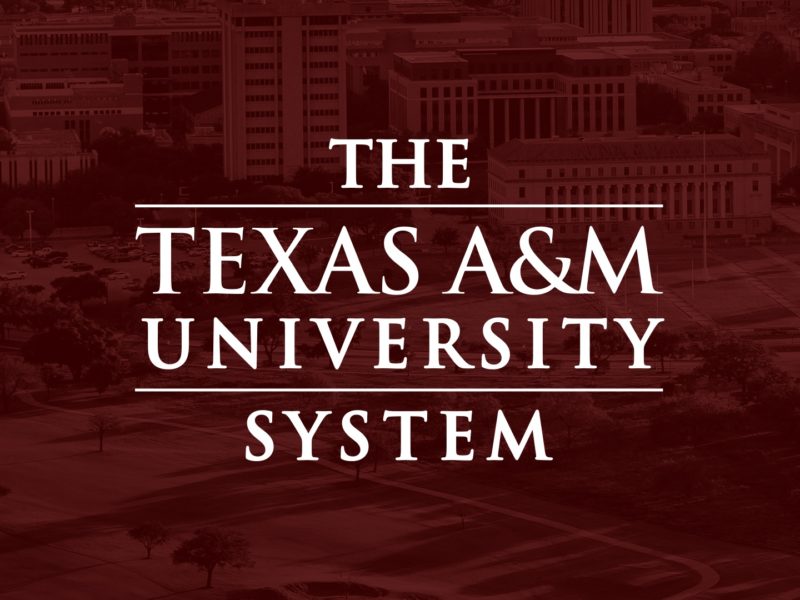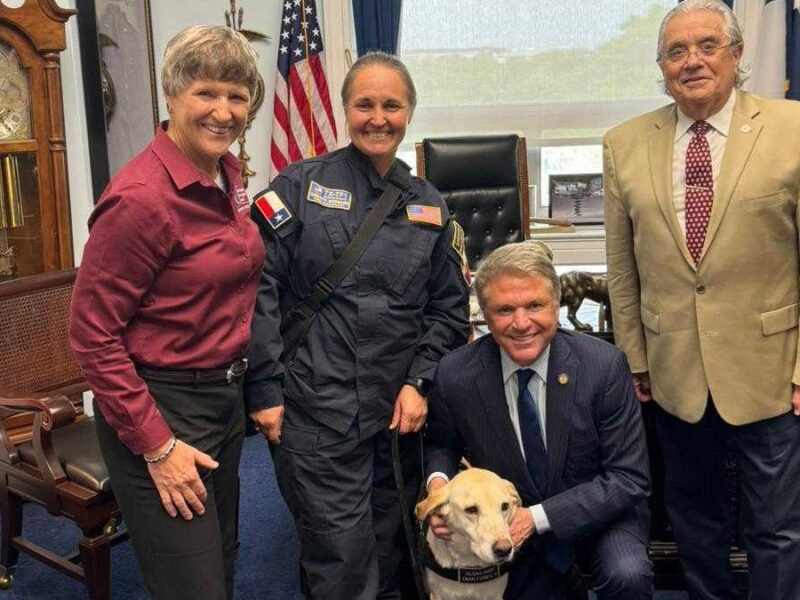Tackling Security Challenges In A Changing World

With more devices connected to the internet, homes have become smarter. It’s possible for a refrigerator to send shopping reminders, and to control the lights or thermostat while away from home. But as the things around us become smarter, there is a growing need to ensure that they also become safer.
Texas A&M University has long been a leader in cybersecurity, but with the formation of the Texas A&M Cybersecurity Center, the university looks to take on a larger role in tackling some of the biggest challenges of the 21st century.
Dr. Daniel Ragsdale, a retired Army colonel and distinguished Texas A&M alumni who received his Ph.D in computer science from Texas A&M in 2001, is leading those efforts as the director of the center, which is a joint endeavor between the university and the Texas A&M Engineering Experiment Station (TEES). Ragsdale joined Texas A&M in 2015 as a professor of practice after working for the Defense Advanced Research Projects Agency (DARPA), where he was awarded the Secretary of Defense Medal for Exceptional Civilian Service, the highest decoration for non-career federal employees.
“We believe that Texas A&M can contribute not only to national and economic security but also to the social good. And that’s the really inspiring vision for our center,” Ragsdale said.
Cybersecurity is a subject that covers a vast array of disciplines, with a definition so technical that Ragsdale believes the subject has been hard for people to grasp. Most people understand the data and information aspect of cybersecurity, but he believes many don’t fully understand what the industry calls the “internet of things.”
“As more and more components are connected, they can have an influence on the physical world,” he said. “Most people don’t fully appreciate what that means. Through hacking into any one of these systems, they can change something in the physical world. That’s very different from traditional information technology (IT). IT systems focus almost exclusively on processing, transmitting and storing data. If the information stored on these systems were stolen, modified or deleted, that could be highly disruptive. But with the internet of things and industrial controls systems, we’ve integrated components that don’t just manipulate data, they change the physical world around us, potentially in scary, life-threatening ways.”
To help explain what has become a quickly expanding field, Ragsdale defines cybersecurity as a study of the conflict and competition. The conflict takes place in code and in systems that people work with on a daily basis, but it’s more than just, as he puts it, bits and bytes.
“We need to bring academic disciplines that aren’t only technically oriented into the cybersecurity community,” he said. “You can think of computer science, information technology, computer engineering and information management. Those are the people that address the software part. But to address the conflict and competition aspect of cybersecurity, we need to engage with folks that are involved in psychology, behavioral science, sociology, ethics, law and business. All of them, at least in part, address inherent conflict or competition that is a part of our human nature.”
This article by Aubrey Bloom originally appeared in Texas A&M Engineering News.





